Acorn milk is a discovery we owe to Kika. This nearly 90-year-old woman explained to us that the oak acorns are sweet and can be eaten raw or roasted, like chestnuts.
Happy to learn more about local edible seeds and curious to discover new flavors, we undertook the experiment of making an acorn milk and were surprisingly pleased. As we are in acorn season we share the recipe in case anyone else is up for it.
Acorns properties:
Unlike oak acorns, which are bitter, oak acorns have a sweet taste, similar to chestnuts. The nutritional composition of this seed consists of: 30% water, 52% carbohydrates, 9% fiber, 5% protein and 8% lipids.
As can be seen in the percentages, it’s a low fat food. They are also high in calcium, phosphorus and potassium.
They help to cure rheumatism, treat diarrhea, and regulate blood sugar levels. In addition to being rich in tannins, they help heal wounds and stop bleeding.
Acorn milk recipe:
Our goal with this experiment has been to discover the genuine taste of acorn milk. We have only added a little salt and dates as a sweetener so as not to interfere too much with the taste.
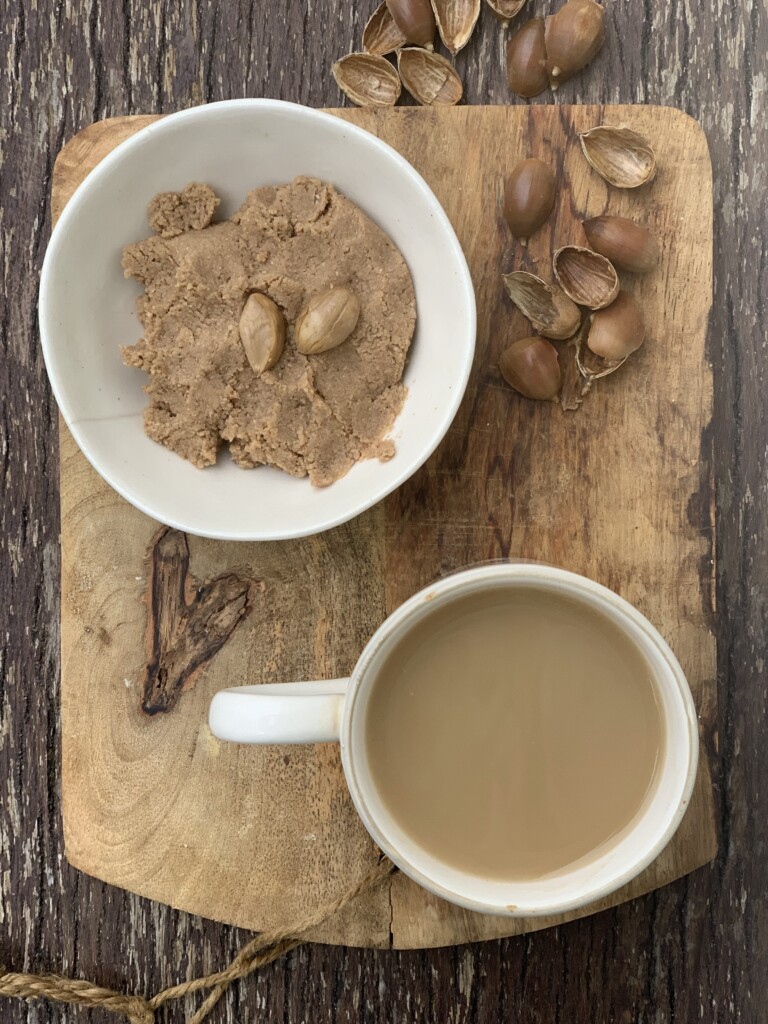
Ingredients:
- 500 ml of hot water at 70 °C
- 70 g of roasted acorns
- 2 pitted dates
- A pinch of salt
Preparation:
- Roast the acorns in the oven and remove their shells while hot. Soak them overnight.
- Put half a liter of hot water in the container and insert the Vegan Milker emulsifying filter.
- Place the acorns, dates and salt inside the filter and beat with the hand blender for one minute until everything is well emulsified.
- When the pulp is well blended, separate the filter and continue blending to filter the pulp.
- Finish the process using a mortar.
Enjoy the acorn milk. It’s an original flavor between chestnuts and roasted chicory, really delicious.
The pulp is ideal for pastry making. You have some ideas in the pulp section of this blog.

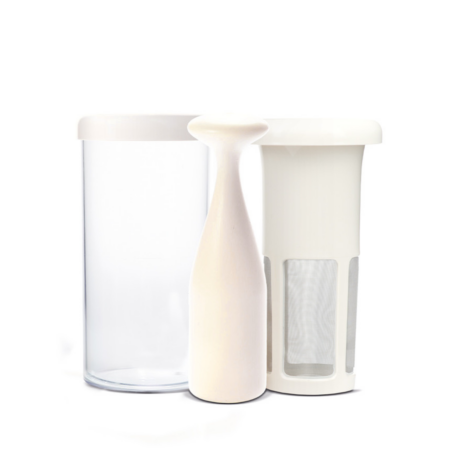
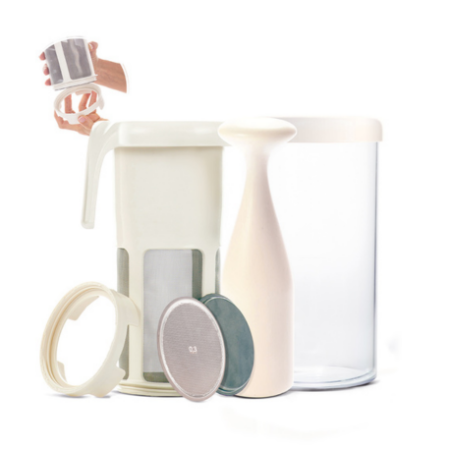
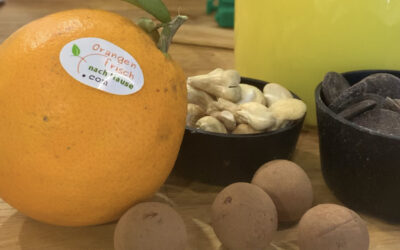
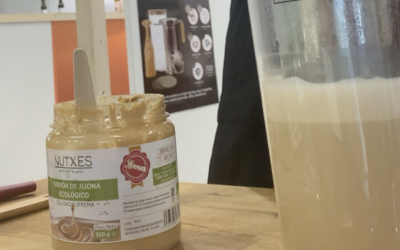
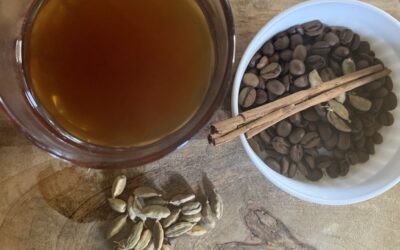
WHO IS KIKA???
An old andaluzian women who teach me how to eat sweet acorn.